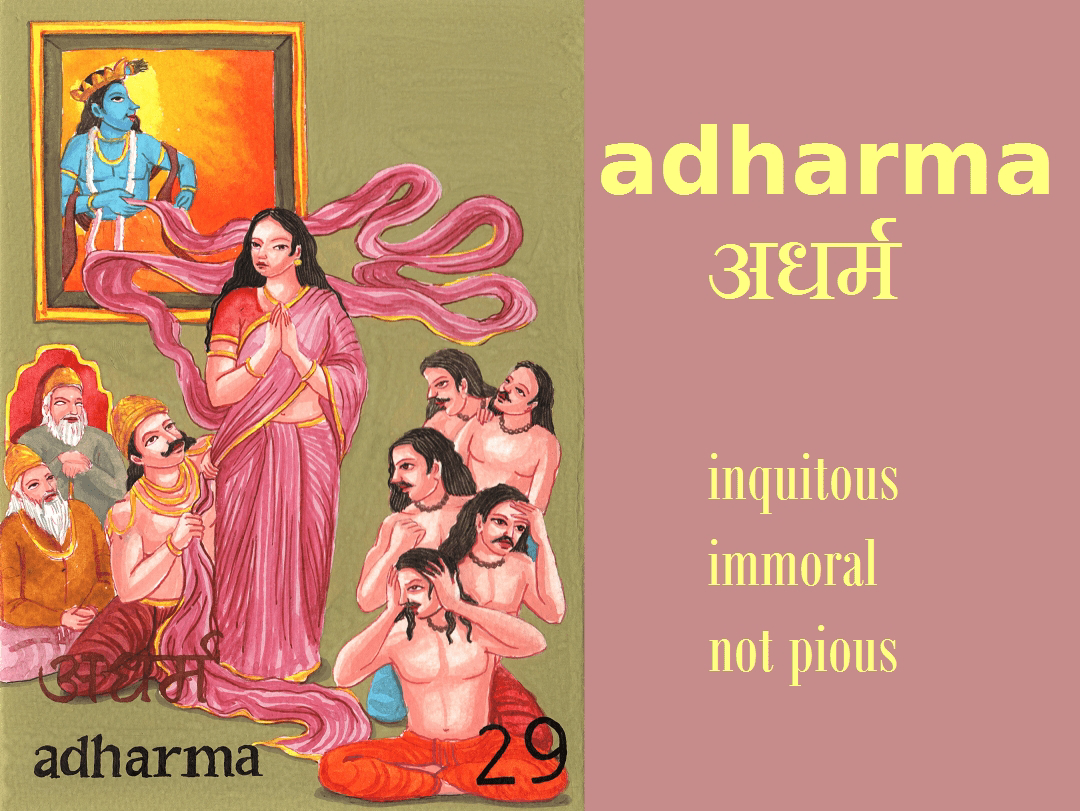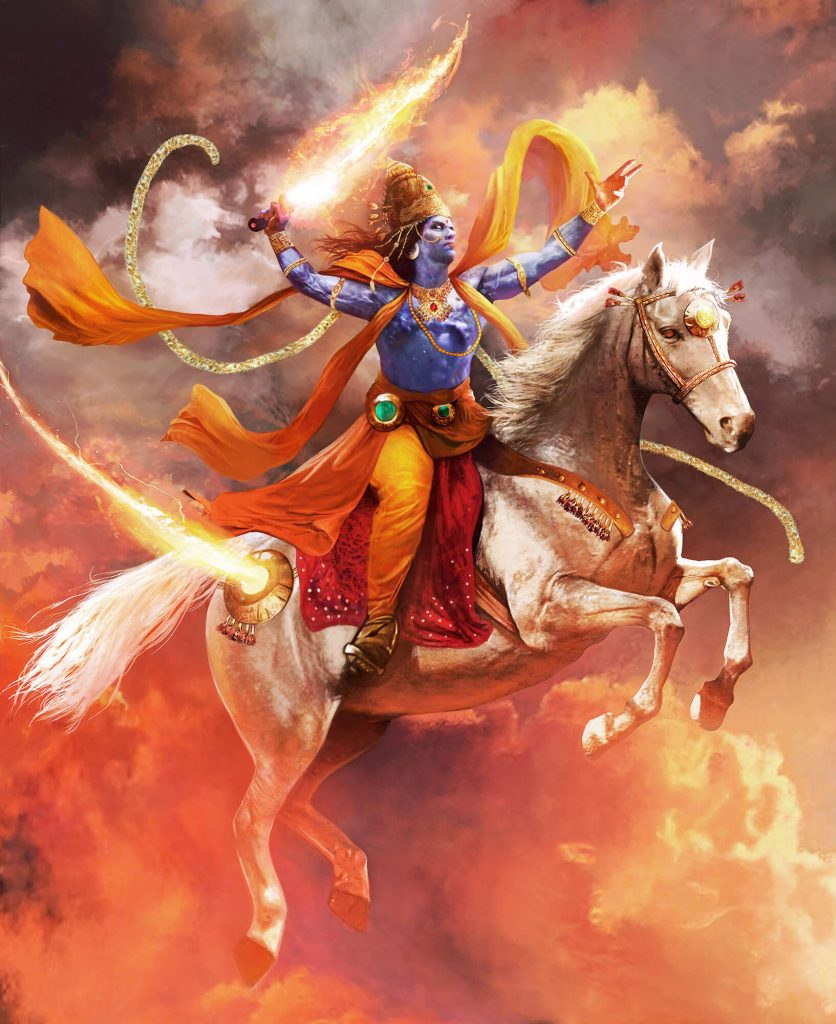Exploring the end of कलियुग.
The end of Kali Yuga, according to Hindu cosmology, is a profound and intriguing concept that has captured the
imaginations of believers for centuries. Kali Yuga is the last of the four stages the world goes through as part of the cycle of Yugas, as described in Hindu scriptures.
Understanding Kali Yuga:
Kali Yuga is often characterized by a decline in righteousness (dharma), an increase in unrighteousness (adharma), and a general degradation of moral and spiritual values. It is considered to be an age of discord, conflict, and spiritual darkness. However, within this context, the end of Kali Yuga is not viewed as a catastrophic event but rather as a transition to a new cycle.
Significance of the End:
Many texts, including the Puranas and various prophetic traditions, provide insights into the signs and events that will herald the end of Kali Yuga. These signs often include the prevalence of dishonesty, the breakdown of social order, and a disregard for spiritual practices. The end of Kali Yuga is seen as an opportunity for renewal and a fresh start in the cosmic cycle.
The concept of Adharma rising at the end of Kali Yuga is rooted in Hindu cosmology and philosophy. It is believed that during this time, moral and spiritual values decline, leading to increased chaos and imbalance. Many anticipate the eventual restoration of Dharma in the next cycle, as the cosmic order is cyclically maintained.
One of the key figures associated with the end of Kali Yuga is Kalki, the prophesied future avatar of Lord Vishnu. Kalki is believed to appear riding a white horse, wielding a sword, to restore righteousness and bring about a new era of truth and virtue. The concept of the Kalki Avatar emphasizes the cyclical nature of time and the eternal cosmic order.
Symbolism and Allegory:
The end of Kali Yuga is often interpreted symbolically, representing the cyclical nature of human existence and the continuous struggle between good and evil. It serves as a reminder of the impermanence of worldly affairs and the need for spiritual awakening to navigate the challenges of life.
Spiritual Practices in Kali Yuga:
While Kali Yuga is characterized by challenges, it is also believed to offer unique opportunities for spiritual growth. Devotees often turn to intensified spiritual practices, such as meditation, prayer, and selfless service, to counteract the negative influences of the age.
Conclusion
In conclusion, the end of Kali Yuga is a multifaceted concept deeply rooted in Hindu cosmology. It invites contemplation on the nature of time, morality, and the cyclical patterns that govern the universe. Whether viewed as a cosmic transition or a symbolic allegory, the end of Kali Yuga underscores the timeless pursuit of righteousness and the eternal quest for spiritual enlightenment.







Comments
Post a Comment